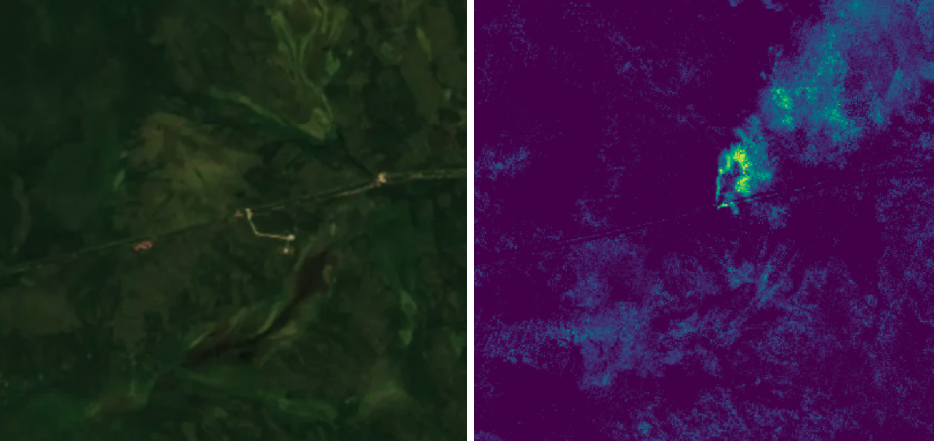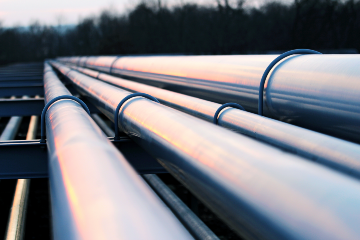Better operating practices offer significant opportunities for mitigation.
Over the last two years, we at Kayrros have detected hundreds of methane hotspots in the energy sector, including dozens of events associated with natural gas pipelines. Leaks can be caused by equipment failure and/or physical damage, but a majority of the methane hotspots that we have identified to date are associated with the release of natural gas during pipeline maintenance.
The frequency and size of the events we have quantified so far suggest that operating practices play a large role. The flow rates of events in Russia, Kazakhstan and the United States range from 10 to 280 tonnes per hour (with an average value of 90 t/h, equivalent to 98 MMcf/d), but we find no correlation between these volumes and the capacity of the pipeline. Moreover, pipeline networks within the European Union appear to be free from this type of event. This strongly suggests that some pipeline operators can reduce or eliminate emissions during maintenance, for instance by lowering the pressure in the section to be repaired or using portable flaring systems.

Image 1: Russian gas pipeline (left) and methane plume (right) observed on September 6, 2019 (Source: Kayrros and modified Copernicus data, 2019)
Remote sensing technology can help pipeline operators in several ways. In addition to the automated detection of methane hotspots across extended areas, satellite monitoring provides rigorous measurements that can be used to validate estimates of losses derived from ground sensors and/or emission factors—thereby improving the quality of ESG reporting. These measurements also make it possible to benchmark the methane intensity of a pipeline network, defined as the volume of emissions divided by the network throughput. Last but not least, pipeline operators can work together with natural gas producers to measure the overall methane intensity of the production and transportation system and promote climate action.
The examples and data in this article are sourced from Kayrros Methane Watch, the first global methane monitoring platform. Our mission is to help operators, consumers, investors and regulators eliminate within the next three years all sources of methane associated with the energy sector that are visible from space. Kayrros publishes content on methane emissions in order to raise awareness among the general public.

